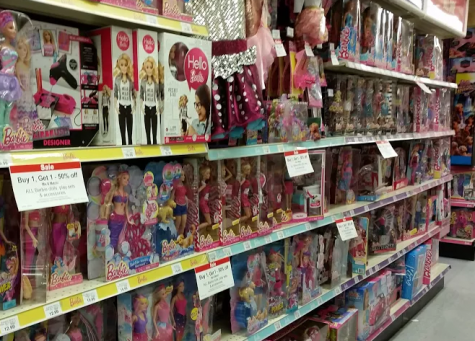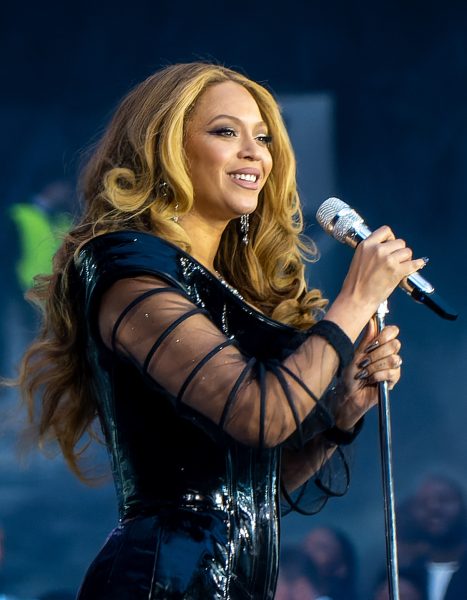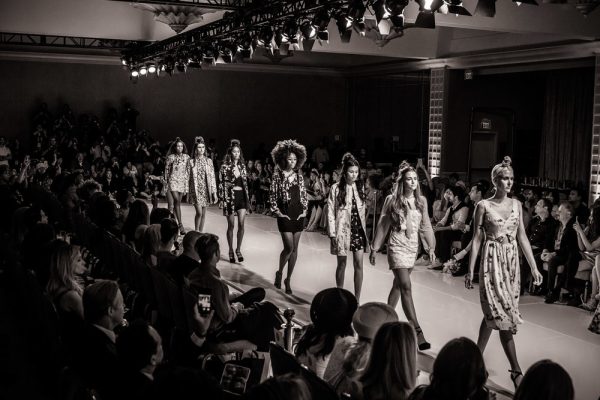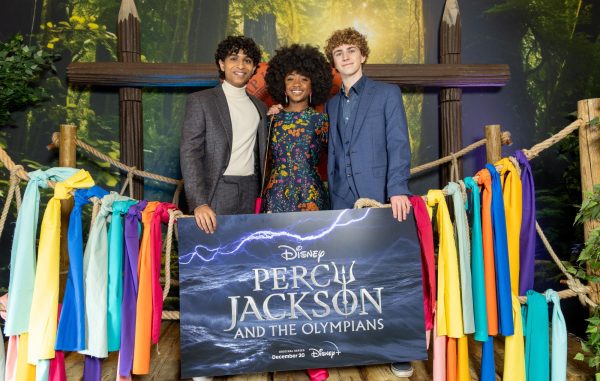The New, Beautiful Barbies
When people think of Barbie, they immediately think tall, blonde, and skinny. However, with Mattel releasing all new Barbie dolls with different body types for the first time in fifty-seven years, this could change. Barbie dolls are now available to buy in four different body types; curvy, tall, petite, and original from a new line called The 2016 Barbie Fashionistas Collection.
The doll that is the most drastically changed from the original Barbie is the curvy one. Not only does the curvy doll have a plumper tummy and backside, the doll’s face is fuller. She has wider hips, thighs, calves, and even bigger feet than the original doll. These dolls also come in a wider range of skin color and hair types.

This is not the first time that there have been changes to Barbie. The doll has had a long, fifty-seven year evolution. The first doll was released in 1959 and only cost three dollars. In 1967, Mattel came out with the first African American doll. In 1980, the first multicultural dolls that were also named Barbie were introduced, including a Latina doll and a Black doll. Barbie dolls have continued to become more diverse over the years, with a wide variety of skin color, eye color, and hair textures, however the dolls all had the same body, until now.
There has been controversy about Barbie’s body for a very long time. It is estimated that if the original Barbie were a real person, she would be five foot nine inches and 110 pounds. This sets impossible standards for the young girls that play with the doll. And, according to Time Magazine, ninety-two percent of young American girls have owned a Barbie. Even though Mattel claims that Barbie does not affect body image, a 2006 study suggests otherwise. This British study focused on the effect of exposure images of dolls have on the body image of 5- to 8-year-old girls in the journal Developmental Psychology. It revealed that “girls exposed to Barbie reported lower body esteem and greater desire for a thinner body shape.” It is hoped that Barbie’s new bodies will help with these concerns.
There were not only problems with Barbie’s body, but her face as well. When the first African American doll came out, people complained that the doll had Caucasian features. The doll was made in the same mold as the original Barbie, but with a different skin. The dolls were essentially just the white doll painted a different color. It was not until 2009 that Barbie came out with black dolls that had fuller lips, a wider nose and more pronounced cheek bones.

Not everyone thinks that Barbie’s change is enough. Writer and lawyer Jill Filipovic wrote in the Time Magazine,; “The new Barbie may reflect a feminist culture shift, but let’s not fool ourselves into thinking more diversity means Mattel has the best interests of your daughter at heart. The company was losing sales; it realizes that branding something as empowering is a great marketing tool; and it is likely to profit from the fact that four different sets Barbie bodies means four times the sets of clothing and accessories.”
However, the real question is if kids who that would played with these new dolls would like them. BuzzFeed recently created a YouTube video of kids reviewing Barbies from this new Fashionista collection. One girl said, “There’s really no average body type and all of these [Barbie dolls], they’re all different which sort of represents the difference in people in real life.” Another girl stated, “I really, really like the curvy one because some people don’t look that much like Barbies so I like how they made it more curvier.”
With changes like these right now, who knows what Mattel will do in the future. Perhaps even the Ken doll will be getting a makeover.










